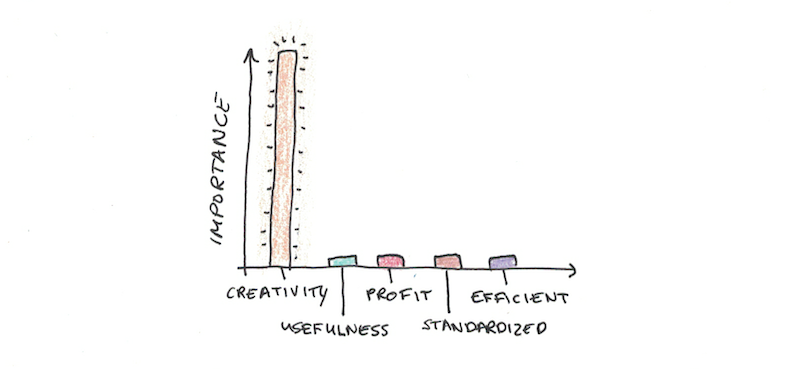# Scott Young - Twenty-Five Useful Thinking Tools (Highlights)

## Metadata
**Review**:: [readwise.io](https://readwise.io/bookreview/23697485)
**Source**:: #from/readwise
**Zettel**:: #zettel/fleeting
**Status**:: #x
**Authors**:: [[Scott Young]]
**Full Title**:: Twenty-Five Useful Thinking Tools
**Category**:: #articles #readwise/articles
**Category Icon**:: 📰
**Document Tags**:: #favorite
**URL**:: [www.scotthyoung.com](https://www.scotthyoung.com/blog/2018/12/04/25-thinking-tools/)
**Host**:: [[www.scotthyoung.com]]
**Highlighted**:: [[2023-01-26]]
**Created**:: [[2023-02-14]]
## Highlights
### 2. Economist: How Do People React to Incentives?
- Almost any action you’ll take alters the perceptions of incentives by other people you deal with. The economist in you should ask yourself, “if I change this, how will people react?” ([View Highlight](https://read.readwise.io/read/01gqpk10q728axrdc1kpmp6jxn)) ^463802850
### 4. Entrepreneur: Do a Lot of Things; See What Works
- The essence of this thinking tool is that you go out and try a bunch of things, without waiting around for a perfect answer. It also requires listening carefully for feedback, so you can get hints as to what to do next. Speed and volume make up for making decisions in a noisy environment full of uncertainty. ([View Highlight](https://read.readwise.io/read/01gqpk2k6ckvmskvmqhc7js0yp)) ^463803096
### 7. Scientist: Make a Hypothesis and Test It
- A basic thinking tool of science is the [controlled experiment](https://en.wikipedia.org/wiki/Scientific_control#Controlled_experiments). Keep all the variables the same, except the one you want to test, and see what happens. This requires meticulous preparation and design to prevent outside contamination from breaking your results. ([View Highlight](https://read.readwise.io/read/01gqpk5avzedqmtea79cgf9a1e)) ^463804312
### 10. Architect: Envisioning the Future
- Making a scaled down version of the thing you want to create, so you can see how it looks, and then envisioning how it will be on a larger version is difficult, but it often lets you see how reality will be before it’s too late to change it. ([View Highlight](https://read.readwise.io/read/01gqpkax7qh6wnqr4nambmw74p)) ^463806221
### 14. Designer: The Things You Make Communicate For You
- One of my favorite books is [The Design of Everyday Things](https://www.amazon.com/Design-Everyday-Things-Revised-Expanded/dp/0465050654). While this book is meant for designers, it is really a book of thinking tools designers should cultivate. ([View Highlight](https://read.readwise.io/read/01gqpt8j9p3xc7bgf3w975cxwb)) ^463850275
(**Reference**:: [[唐纳德·A·诺曼 - 设计心理学1:日常的设计(增订版) (Highlights)]])
### 19. Philosopher: What are the Unexpected Consequences of an Intuition?
- One powerful tool is being able to see the unexpected consequences of stretching an idea to its limits. This has two benefits. First, it can reveal flaws in the original idea, by [reductio ad absurdum](https://en.wikipedia.org/wiki/Reductio_ad_absurdum). Second, this can help you recognize the fundamental principles behind your vague intuitions of things. ([View Highlight](https://read.readwise.io/read/01gqptf1yhb5k0b6c1m6f4p6q1)) ^463853855
### 21. Politician: What Will People Believe?
- The thinking tools here mean that sometimes the right decision isn’t possible, simply because other people won’t see it as such, and you don’t have the power to convince them. This may be frustrating, but it applies to many parts of reality we’d rather it didn’t. ([View Highlight](https://read.readwise.io/read/01gqpthpq6w40p0hb0bzh7p8n9)) ^463854209
### 24. Plumber: Take it Apart and See What’s Broken
- The essence of plumbing, just like many other trades, is to get your hands dirty and take something apart to see what’s broken. ([View Highlight](https://read.readwise.io/read/01gqptnhtn8y9pcp63g80dqca3)) ^463854561